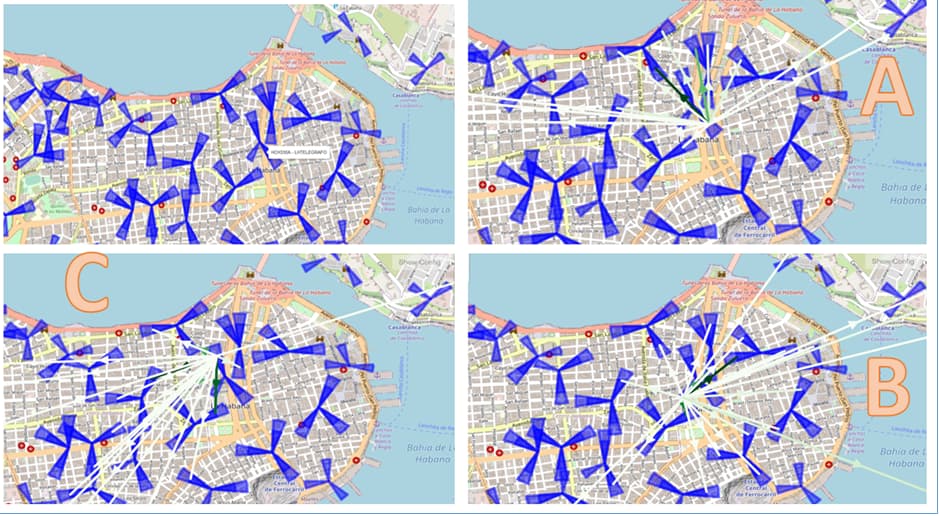In my opinion it is an excellent general description of the methods that exist, but I think that of all these methods the first is the most effective of all because it can be completely automated. In this post there is a reference to two excellent articles that describe the implementation of specific algorithms. We have successfully implemented these algorithms (in R) in our network (with statistics from several providers: Ericsson, Huawei and Nokia) and excellent results are obtained.
